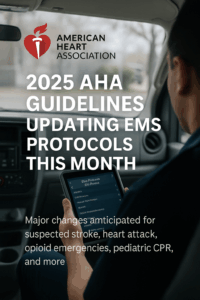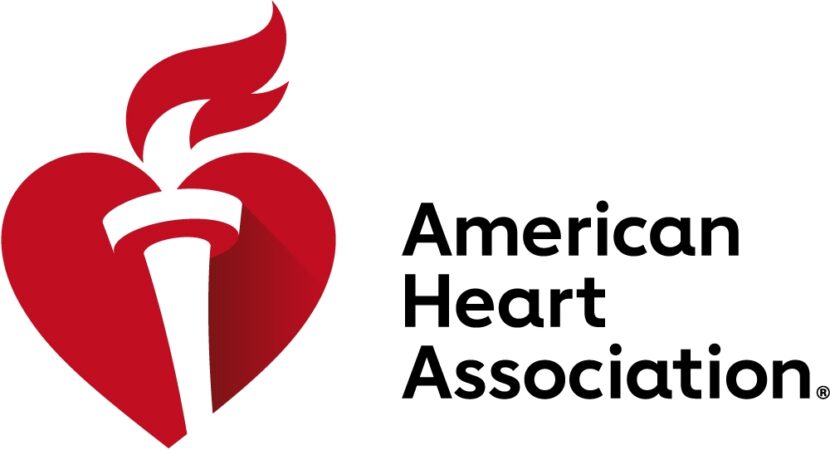The American Heart Association (AHA) is set to release its 2025 Guidelines for CPR and Emergency Cardiovascular Care (ECC) on October 22, 2025, with new training courses launching the same day. These updates are expected to bring some of the most significant changes to resuscitation science and EMS reporting in years.
For EMS professionals, this means another shift in how we approach education, documentation, and field performance — all while keeping pace with evolving evidence-based care.
What’s Expected to Change
While the exact details of the 2025 AHA Guidelines won’t be public until release, early summaries indicate major revisions in several areas of prehospital care:
CPR and BLS Techniques: Refinements to compression and ventilation strategies to better reflect real-world performance.
Pediatric and Infant Care: Updated recommendations expected for age-specific resuscitation methods and training.
Opioid Overdose Response: Renewed emphasis on timely recognition and reversal in light of the national crisis.
Stroke and Cardiac Care Reporting: Expanded data and documentation measures for EMS related to suspected stroke and heart attack management.
Training and Education: Simultaneous release of new course materials across BLS, ACLS, PALS, and Heartsaver, signaling a complete system-wide refresh.
These updates aim to strengthen performance consistency, enhance patient outcomes, and align prehospital interventions with the latest clinical science.
Why This Matters for EMS Systems
Guideline updates always create a scramble—printing new binders, chasing PDFs, retraining crews, and updating internal systems.
This year, that challenge is multiplied by the volume of change expected across multiple care domains.
For many agencies, staying current still means weeks of manual updates before medics in the field are actually working from the latest science.
That’s where digital protocol systems make a quiet but critical difference. Platforms like EMS Protocols To-Go allow entire organizations to roll out new content automatically the moment it’s released—no printing, no uploading, no delays. The result is a seamless transition where every crew has the same, current information instantly at their fingertips, even offline.
Looking Ahead
When the AHA releases its 2025 Guidelines, EMS systems that can adapt quickly will lead the transition.
Those still dependent on manual methods will spend weeks catching up.
The takeaway is simple: the science is changing, the expectations are rising, and speed of adoption now defines system readiness.
Digital protocol delivery isn’t just a convenience—it’s how modern EMS ensures consistency, accuracy, and confidence in the field from day one.
Would you like me to add a short meta description (for your website or blog SEO) and recommended tags for this post?






